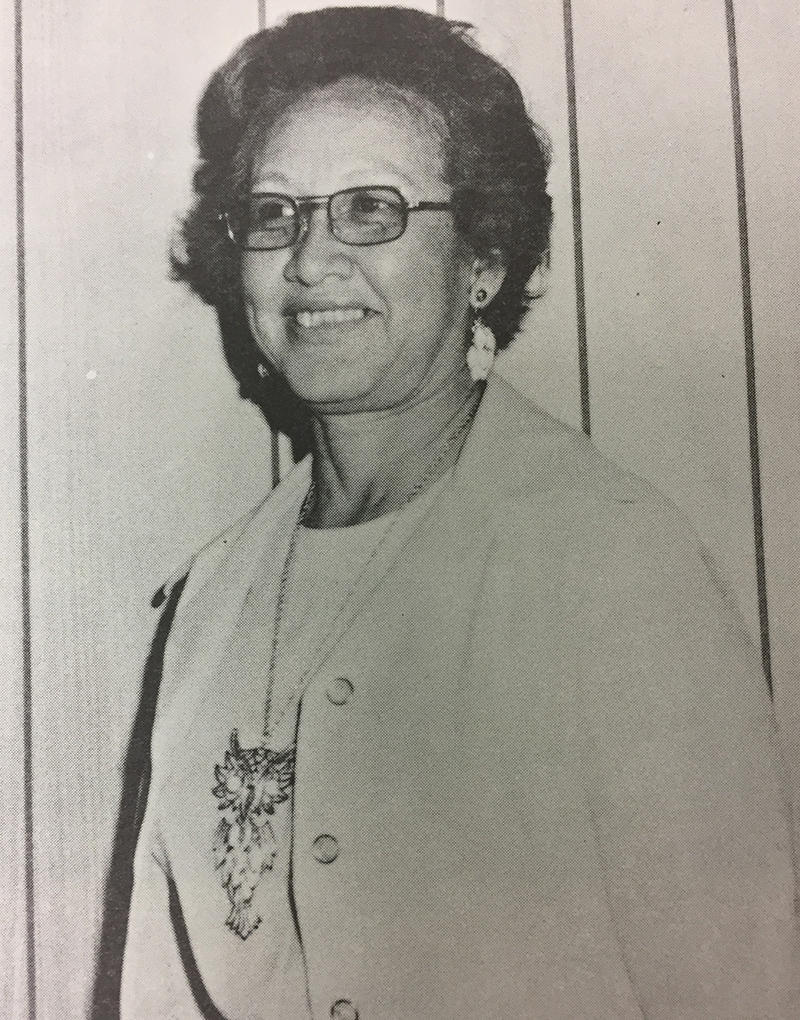

Though there was nothing particularly remarkable about Johnson’s early work at NACA (which disbanded to become NASA in 1958), her attitude to the racial and gender barriers of the time certainly was. In 1956, her husband lost his battle with brain cancer.

Here, she spent the next four years analysing data from flight tests and worked on the investigation of a plane crash caused by wake turbulence. Johnson was based at the Langley Memorial Aeronautical Laboratory in Hampton, Virginia, where she was supervised by fellow African-American mathematician and West Virginian, Dorothy Vaughan. In June 1953, she accepted a job as a “computer” at the agency. Johnson, who had returned to teaching and wanted to pursue a career as a research mathematician, jumped at the chance. In 1952, a relative mentioned that the National Advisory Committee for Aeronautics (NACA) was hiring black female mathematicians. However, she quit after one year to raise her three young daughters with her first husband, James Goble. She graduated in 1937 at the age of 18 with the highest honours in mathematics and French.Īfter teaching for a couple of years, she was accepted to West Virginia University's graduate math program and became the first black woman to attend the school. While at college, Johnson also developed a keen interest in astronomy and geometry - fascinations that would align with her mathematical talent later in life. Here, she took every available maths course offered by the college and found a mentor in the professor William Schieffelin Claytor, who was notable for being only the third African-American to earn a PhD in mathematics. The school was situated on the campus of the historically black West Virginia State College (WVSC).Īfter graduating high school at 14, Katherine attended WVSC. However, because her hometown did not offer black children public schooling beyond the eighth grade, her family had to move 120 miles (193km) so she could attend high school in Institute, West Virginia. With her mother being a teacher, the young Katherine was encouraged to pursue her academic potential and mathematical talent from a young age.īy the age of 10, an innate curiosity and intelligence had propelled her several grades ahead at school. Johnson was born Creola Katherine Coleman in West Virginia in August 1918, the youngest of four children. This time, we celebrate the pioneering life of Katherine Johnson (1918-2020), a NASA mathematician whose calculations played a pivotal role in enabling the first crewed spaceflights. In celebration of Black History Month, SRG and our sister brand Lorien are exploring the stories behind some of the most significant contributions made by STEM figures of black heritage.


 0 kommentar(er)
0 kommentar(er)
